I’ve been struggling, ruminating, reflecting, about the relevance of rigor, given the comment by the MacArthur Foundation representative that it’s understandable for parents to resist the idea that we are “experimenting” on their kids in the high stakes world of real school, and so creative and innovative work needs to be done in out-of-school contexts. So the excitement I feel on returning from the 3rd Space Conference in St. Louis needs to be translated into concrete opportunities for kids.
Ed Martinez and I are collaborating on a workshop he calls Forage Species–here’s a photo of his work
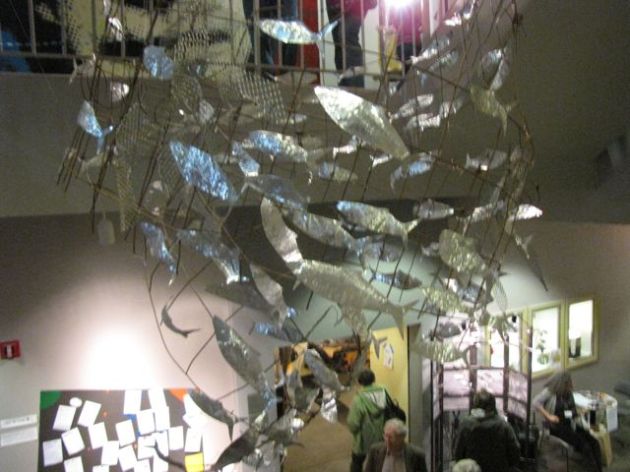
and here’s Ed’s write-up, without any but minor edits from me:
an ‘Artucation’ workshop for young creators
Hosted by Edward Martinez and Fred Mindlin
Proposed for 4th Friday August 31 – 5-9 pm
Concept: This workshop is based on commitment, Intellectual curiosity, and pride in real life accomplishment. Using the Forage Species experience at MAH as a template, young artists become engaged in a single work of flying sculpture by Edward Martinez that will be hung in the cupola of the Octagon Building.
Site has been surveyed and methodology for suspending the piece is available for approval review. •
This is an engineering piece and students will help Ed figure out the geometry of a large piece of sculpture.
• Topics for a written piece could include “discussion of the marine food chain” or “the process of making technical art – what it meant to them. Students will write a short piece on the experience Friday evening. They will be brought back to help hang the piece when it is arranged with the host site.
Science Writing topics
- • Near Shore forage species and climate change.
- • Engineering for a large flying public art project.
The workshop: • Set up for 10 kids and have the framework of the piece one and ready to assemble. • Kids hammer fish and help attach, creating the school.
• 4 hour Running dialogue on the topic of forage species. Including information on 3 species of near shore forage species and how they support the marine food chain, cause and effect and basic geometry. The work “Forage III”
The piece itself will be approximately 8’ by 10’ – designed to fit the dome over the bar – a space roughly 20’ horizontal by 12’ vertical.
The piece will create 50-100 Anchovies to be textured by 10 kids and the artist. The piece should weigh less than 30 lbs. and install in 3 hours or less.
___
So I want the students as well to bring all their media tools and smarts to bear on how to document and explicate their experience, and provide some tools. For me the iPad as a camera is really intriguing, I’m not sure why. So I’m hoping to tap into the #3rdSpace Twittersation, get some tips, and share possibilities. So far Ed and I have talked about the Boys and Girls Club, Barrios Unidos, and the Teen Center that used to be by Kinkos as possibilities.
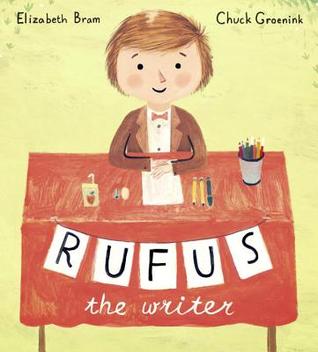
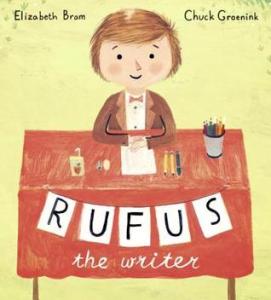 Text: The book Rufus the Writer by Elizabeth Bram is an endearing tale about a young boy (Rufus) who decides rather than the traditional lemonade stand, he’d like to open a story stand. With all the diligence and vision of a young entrepreneur, he readies his stand with a tablecloth and sign, paper and pencils, a cheery disposition, and, of course, the ever professional bowtie. His customers soon flock, inquiring about this new business venture.
Text: The book Rufus the Writer by Elizabeth Bram is an endearing tale about a young boy (Rufus) who decides rather than the traditional lemonade stand, he’d like to open a story stand. With all the diligence and vision of a young entrepreneur, he readies his stand with a tablecloth and sign, paper and pencils, a cheery disposition, and, of course, the ever professional bowtie. His customers soon flock, inquiring about this new business venture. 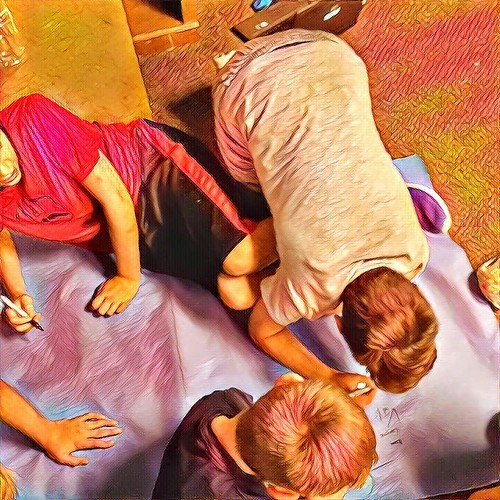
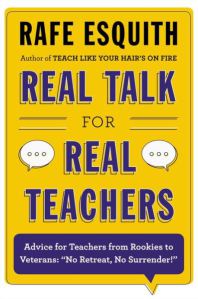

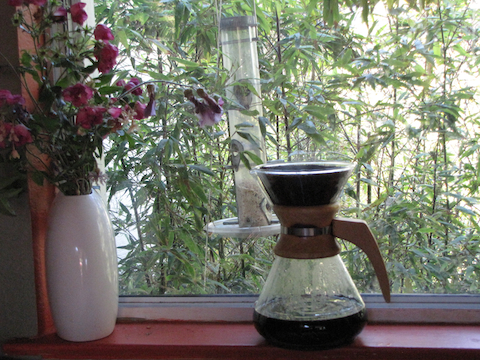


You must be logged in to post a comment.